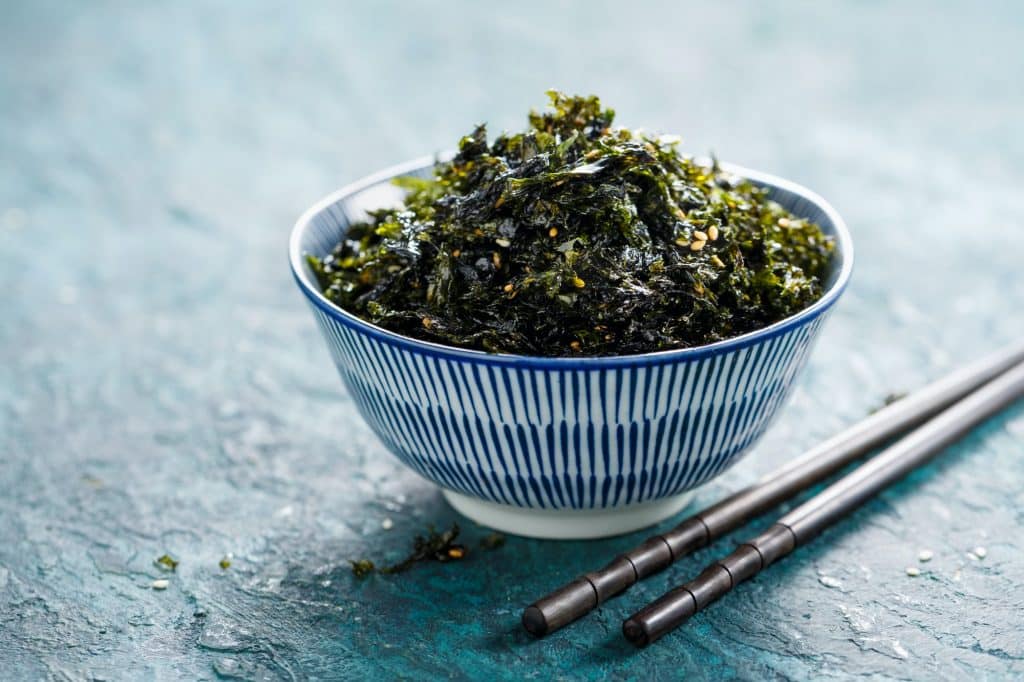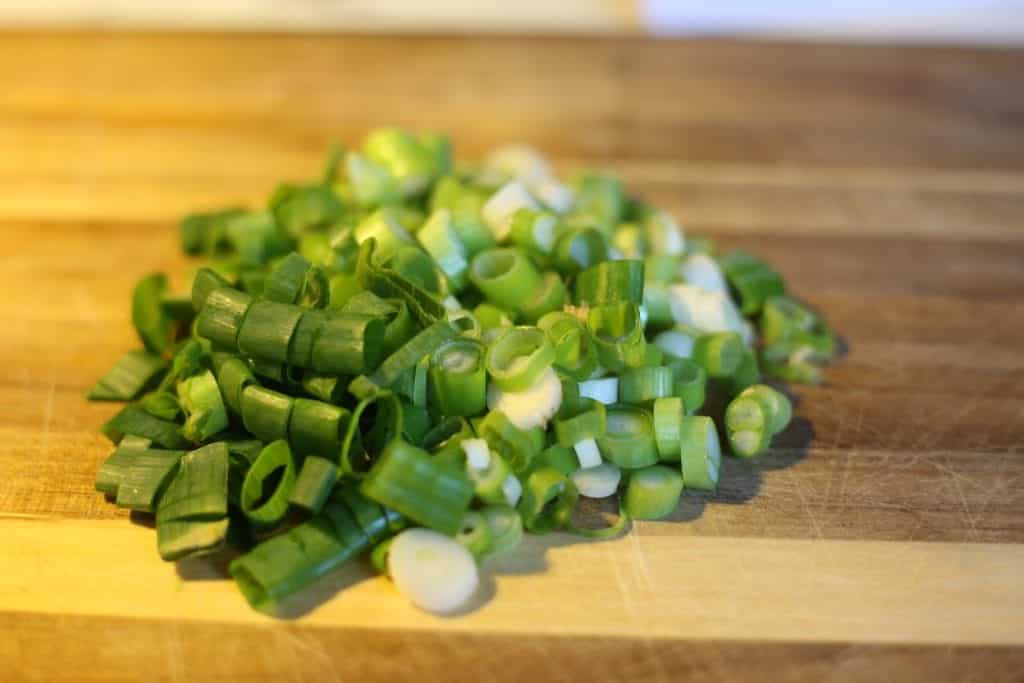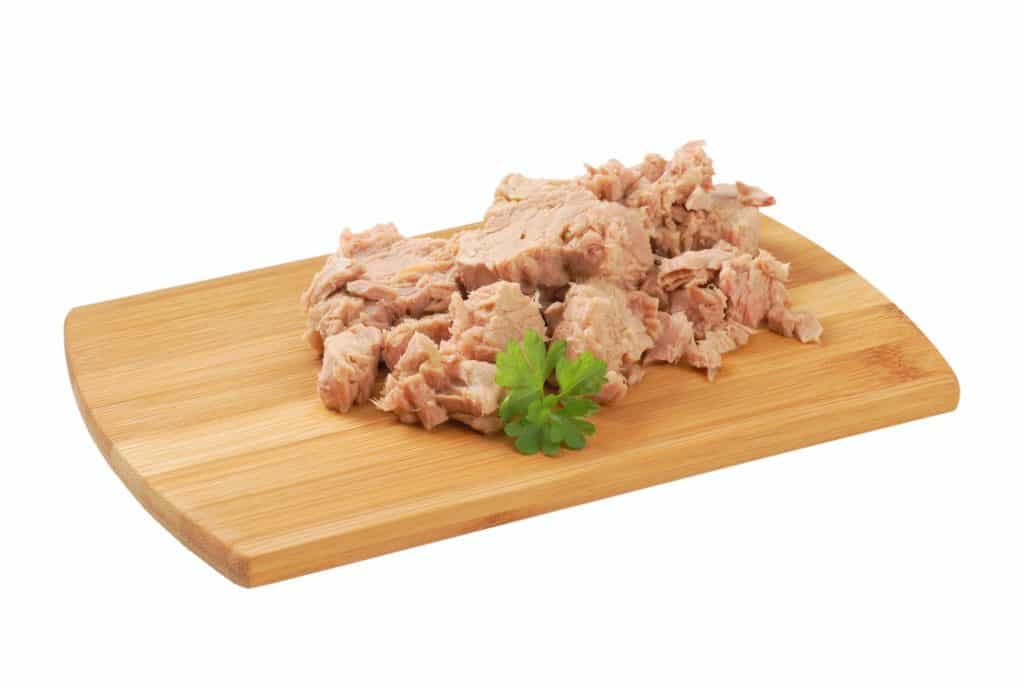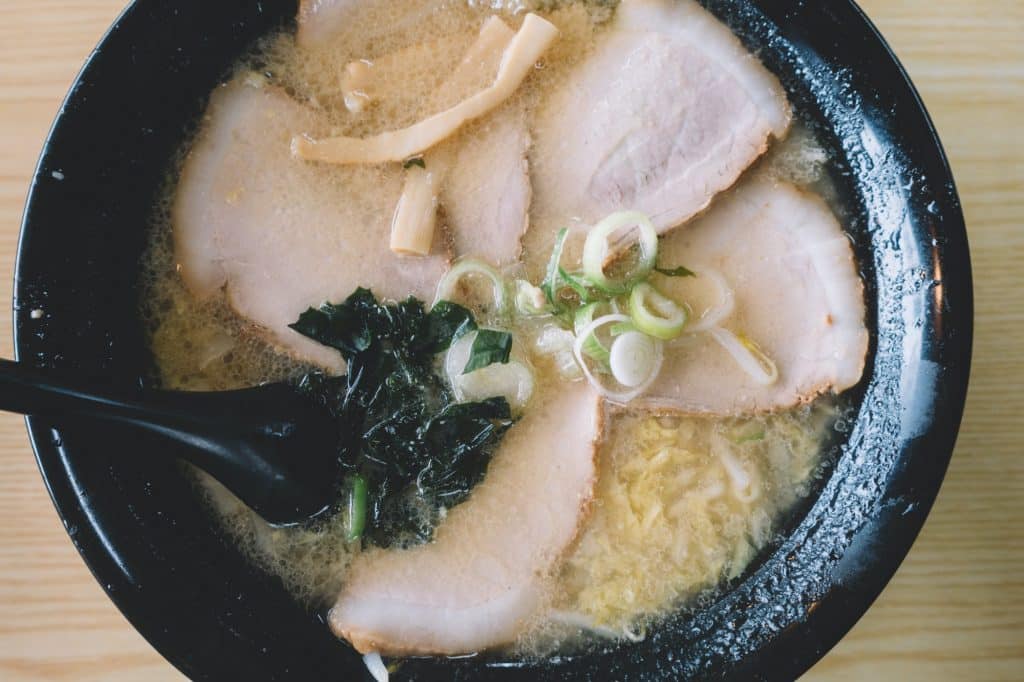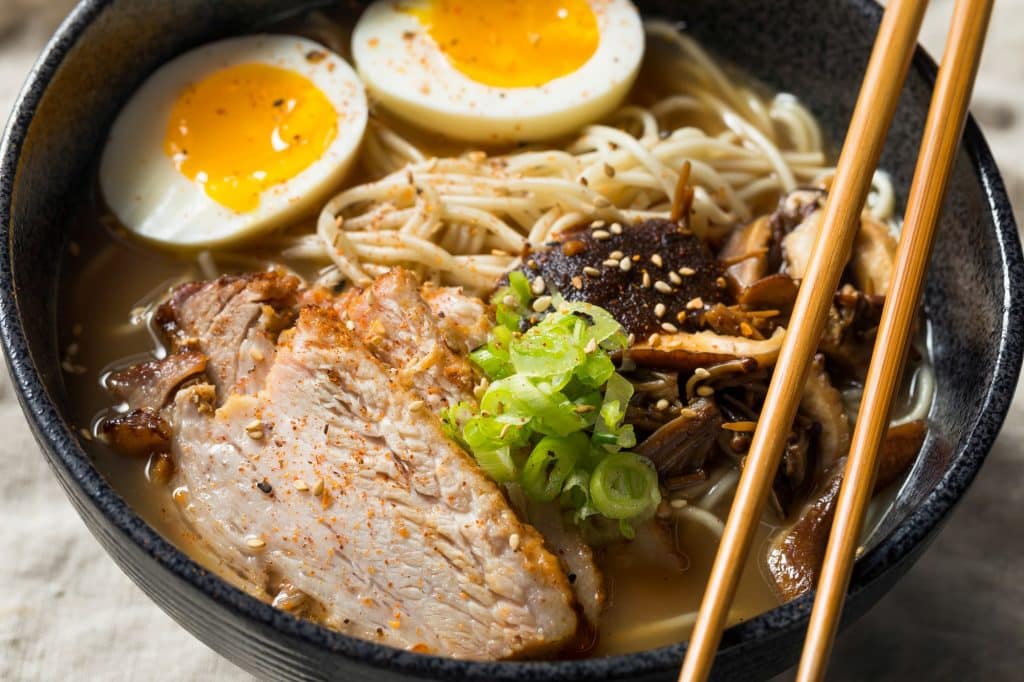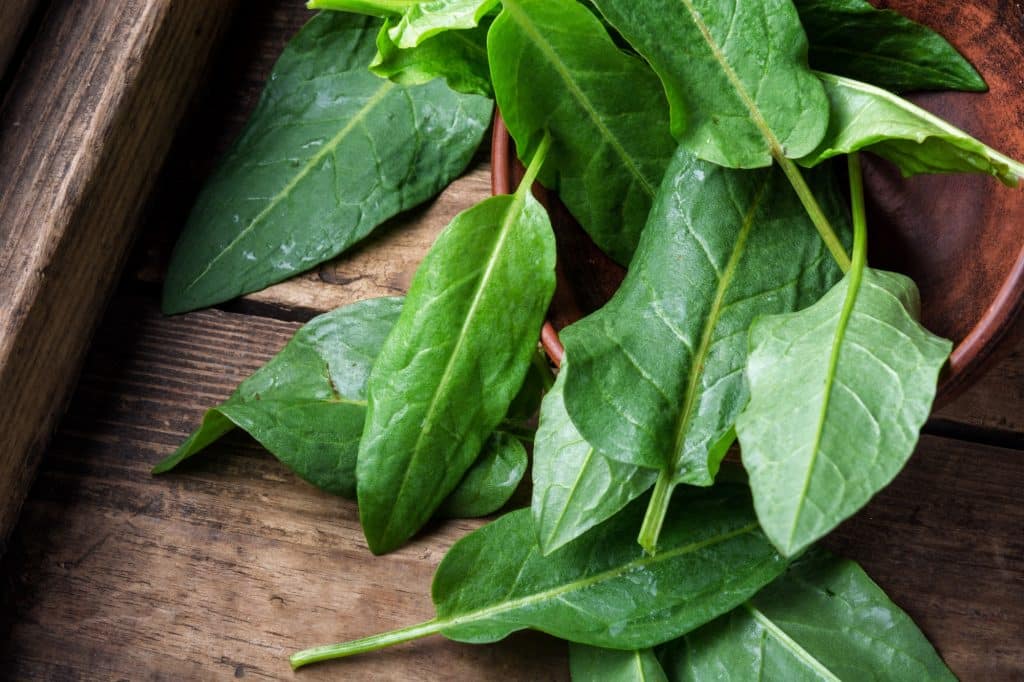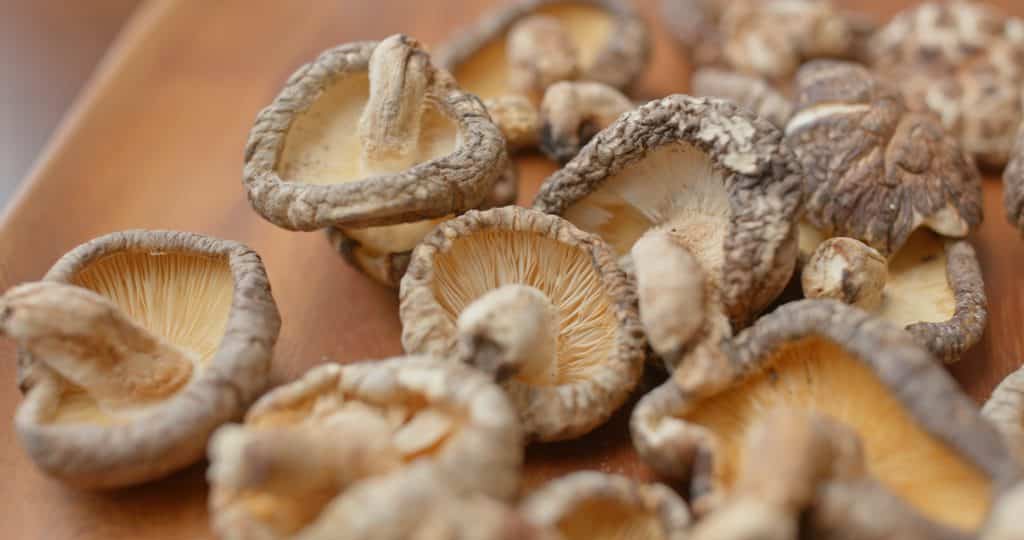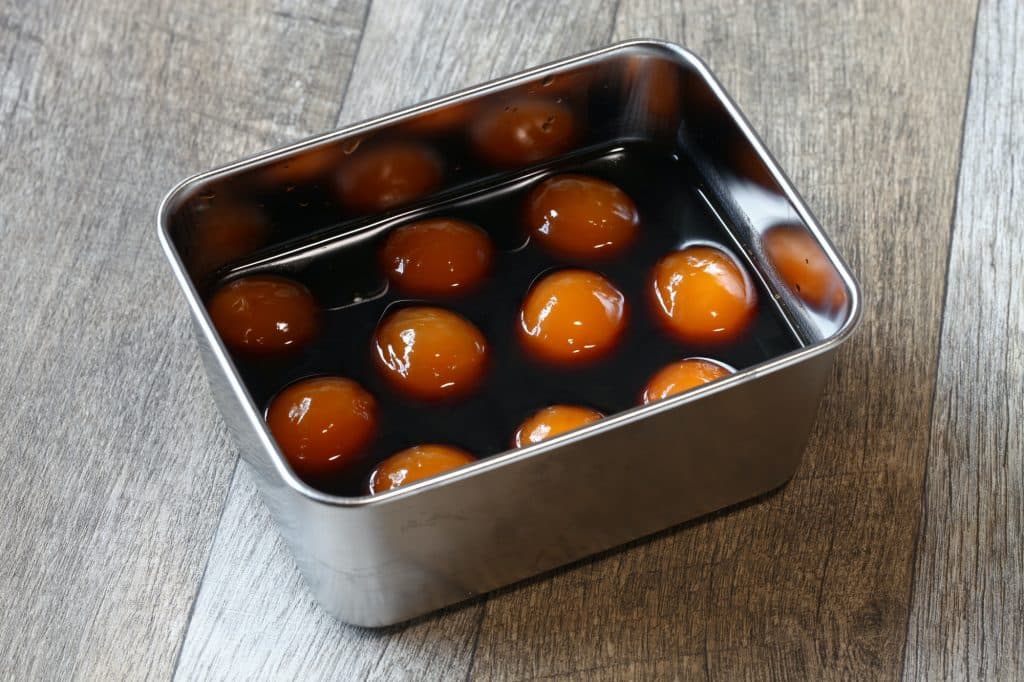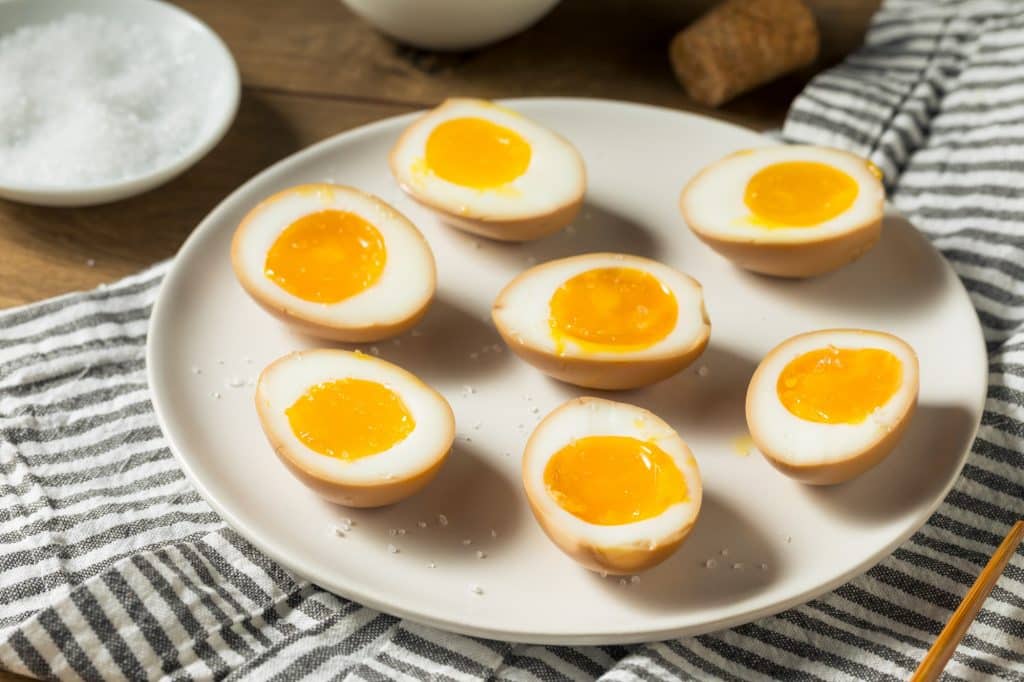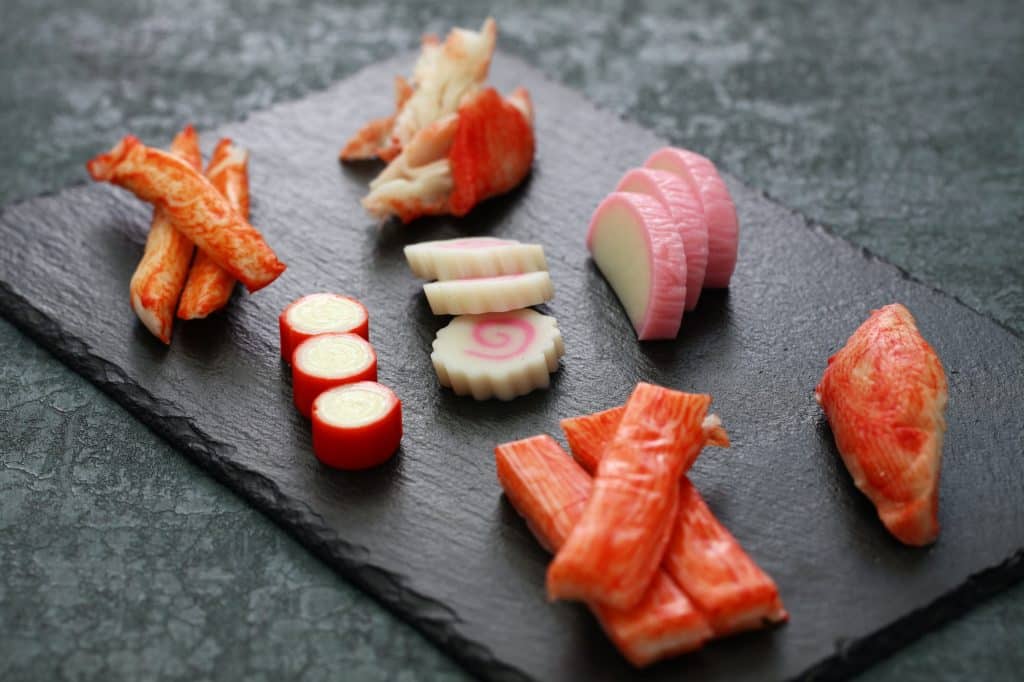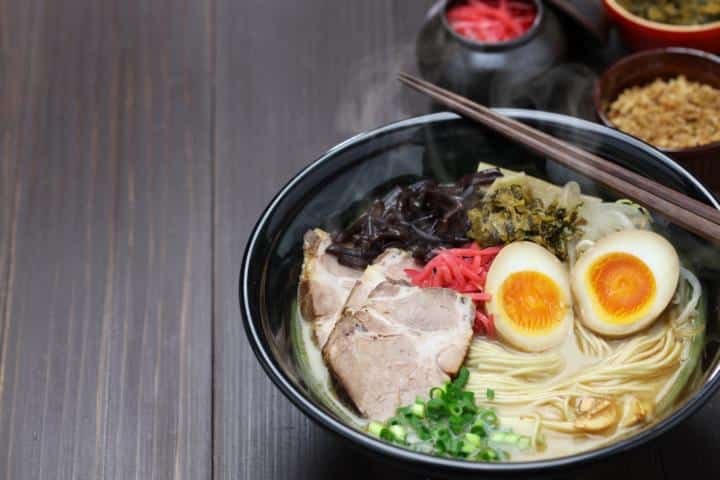Ramen side dishes for ramen soup
In addition to the noodles and broth, the garnishes used are a key feature of ramen and add the finishing touches to the soup.
When it comes to side dishes, there are countless variations and combinations.
Side dishes often include meats and fish, vegetables, including wan tan, fried or boiled eggs, and more.
Some of the typical side dishes are
- Nori (海苔 or のり – roasted seaweed).
- Negi (ネギ – spring onions)
- Shinachiku (支那竹 – pickled bamboo shoots)
- Tuna
- Kamaboko (蒲鉾 – pureed fish meat pressed into shape and steamed).
- Yakibuta (焼豚 – pork ham)
- Chāshū (チャーシュ- or 叉焼 – roasted or boiled pork).
- Chicken
- Spinach
- Spring onions
- Corn
- Shiitake mushrooms
- Ajitsuke tamago (味付け玉子 – eggs pickled in soy sauce)
